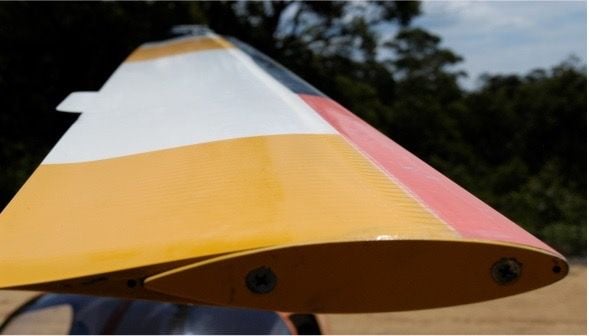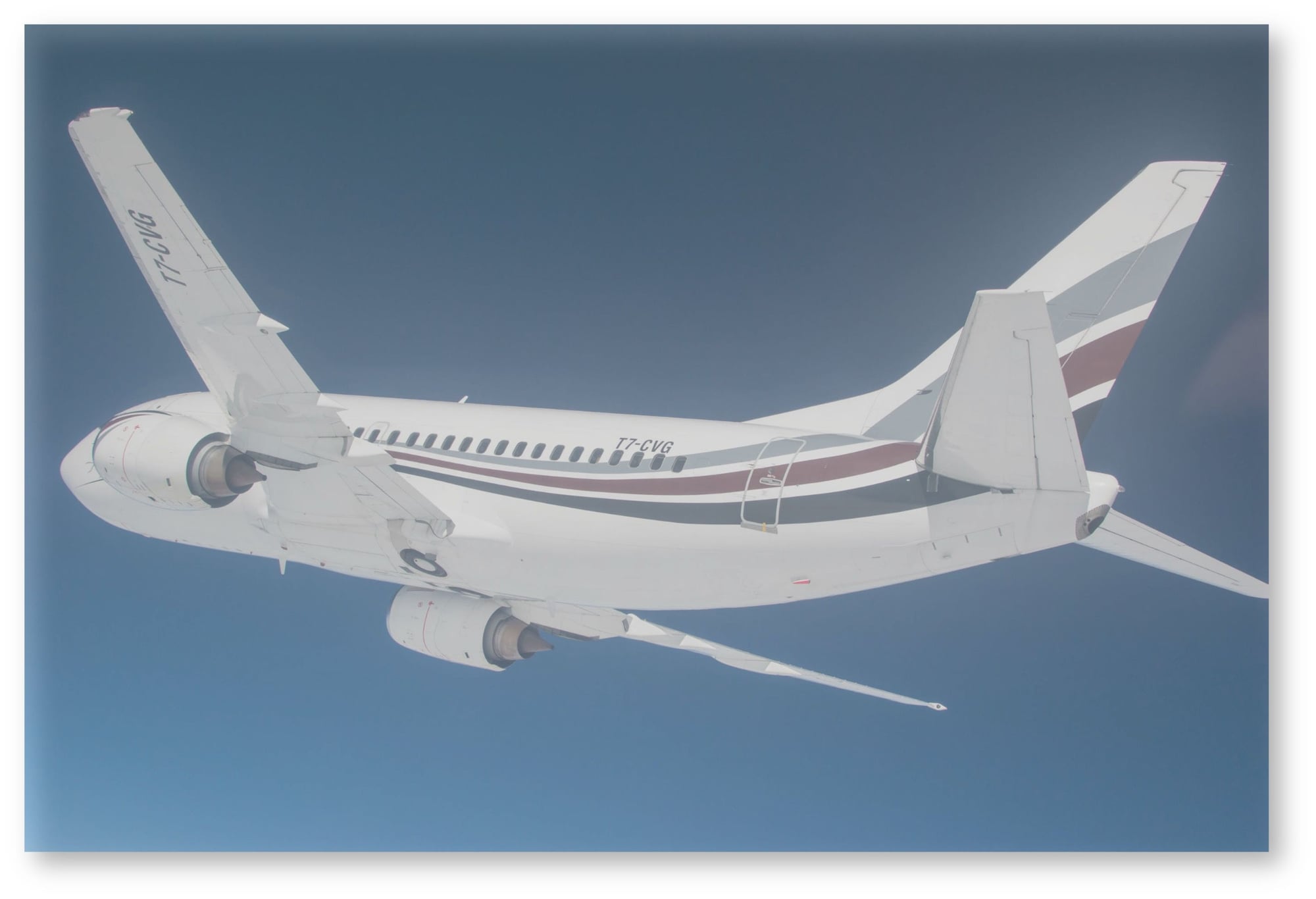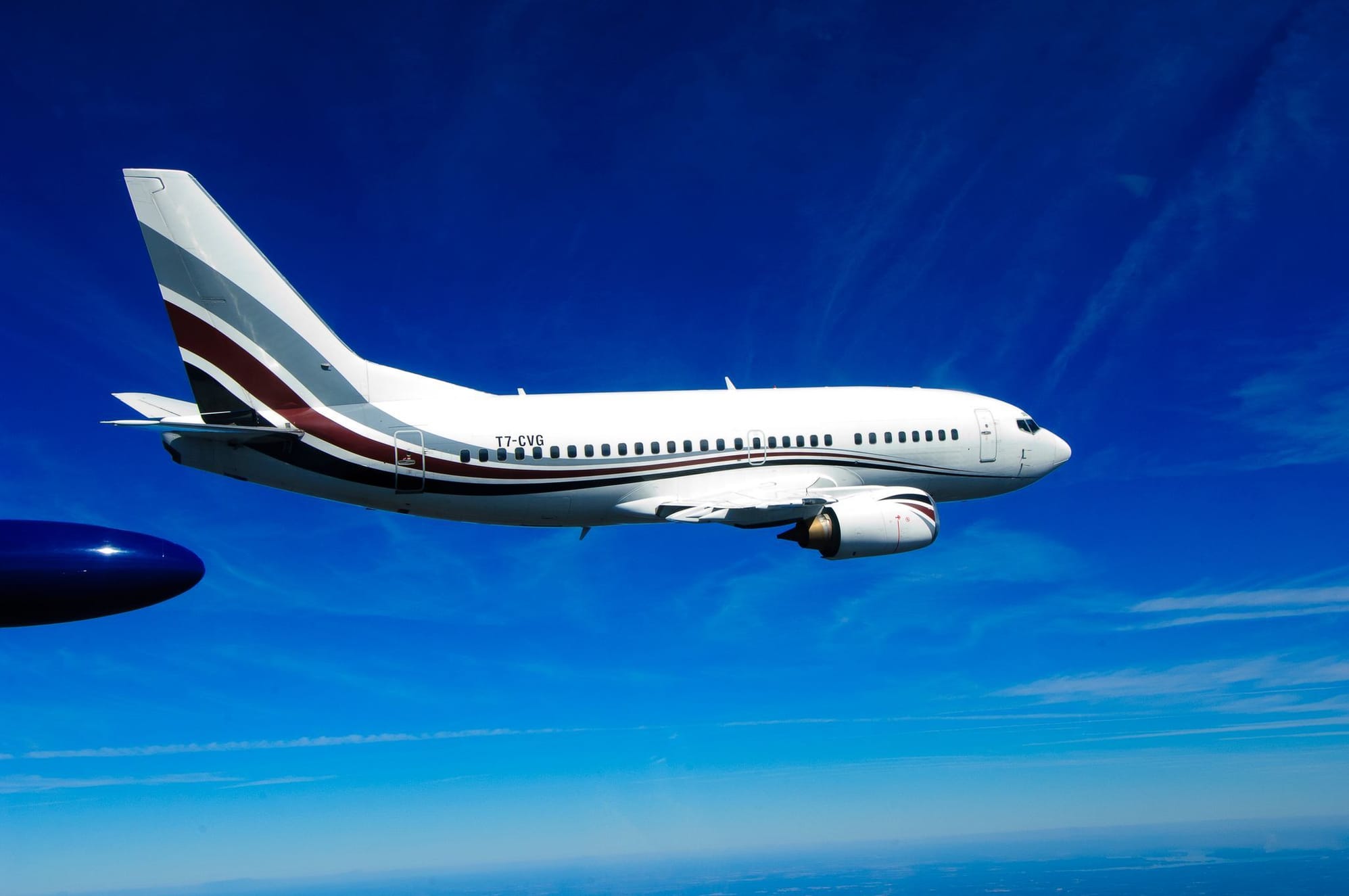Originally Posted by
john_tullamarine
Going on from the two references, it is useful to review dynamic stall in our world. A significant problem for the design of those fling wing devices so Megan probably can comment ?
Martin did his PhD thesis in the area of dynamic stall effects and then went on to do the Boeing Vertol study on the VR-7 blade and the 1094 to try and suppress the hysteresis that arises on the coefficients on the spinning rotor. The plots of CL, Cd and CM on a dynamic pitching blade is pretty depressing when you consider how much effort is taken in trying to obtain an elegant Cm for a rotor blade, like the VR7/1094, OA series, Eppler and various other attempts to achieve a Cm that doesn't result in high pitch link and swash plate loads, and then the dynamic pitching swamps by an order of magnitude the steady-state Cm values, and nothing is steady at all. The comment previously on vortex streets comes into play, every pitching event generates a shed vortex that just messes up everything. Add on top SBLI effects near the tips and that messes up the boundary layer, and is itself unsteady too. Babinsky had some success with micro VGs and with bleed for shock-related issues, but conventional VGs massively increase drag as Martin found on the rotor that has dynamic stall conditions. Our own studies showed the same outcome, you can. suppress the vibration, you just need another engine in the UH-60... When we went off with the submerged VG, that changed, drag went down in all cases over the clean blade.
The following are Star CCM+ DES of a B737 wing section, with shock formation. The section models a slat sitting with a 1mm aft step over a chord of around 5 mtrs, so the mesh used is pretty fine, the solutions were taking around 2 months of continuous supercomputer time to get a single solution concluded.
The next is an absolute pressure plot
The following is a look down the surface over the VG, again, a 1mm aft facing step of the VG on a 5 mtr foil section for Re scaling.
The R22/44/H500/B206/OH58, Safari, UH1H, and the CMRB on the SK61/HH3 showed both improved performance but Craig W's comment on the SK61/CMRB was the removal of vibration that was apparently spooky. The EN280 had an odd outcome, it had the least benefit in required hover power, but had the largest effect in the cruise power required. Then the Chinese went to cheese head land... On the B737, the old classic went from 0.805 to 0.823 for the same flow, but the effect at lower speeds was fairly modest, but shock-related vibration was damped noticeably. For all that, the trailing edge mods are vastly more interesting than the leading edge conformal VGs. Turns out that rotors like TE mods, a lot, like propellers, and fan blades. The V22 and the MH47 remain the most interesting rotors to play with, but fan blades were without a doubt most spectacular. Apart from large changes in Cl and reduction in Cd, tabs on a fan blade reduced vibration in every case we tried, including asymmetric hemispheres of the disk. That led to the observation that lift enhancement tabs also suppress dynamic stall, which occurs any time that the intake does not have axisymmetrical flow, which is pretty much always. The JT15D-1A that we used was pretty daggy, it was beaten up and was puffing out 1800lbs ST instead of 2200 at 100%. We got 1800 lbs at 92% with tabs, and 2400 at 100%, which seemed quite fair. I left before we tried the TFE 731 or our CFM56-3 in flight, but the potential remains pretty interesting. A turbo jet like the CJ-610-8/J85 dry has an TSFC of 1.00 static/SL, and about 1.00 at M0.8/FL350. A TFE731 has 0.35 static, and that degrades to 0.7 at M0.8/FL350... the fan CL collapses, it is after all a fancy fixed pitch prop. Tabs shift Cl by around 0.4-0.6 CL and can delay drag rise considerably but are geometry dependent. In all cases, tabs reduce vibration. On the R22's 63015 section, the mid-span TE tab dropped the stall Nr from the test 82% through 77% for the LE mod only to 68% for the LE & TE mod. The vibration reduction was considerable.
Wendt's study on Gary O. Wheeler's "wishbone" shows how neat Gary's design was. J.C. Lin's parametric study on micro VGs was really neat too. They have issues on a rotor, but they are interesting on a normal wing. Gourdains stuff was neat, as was the flow modeling that was being done on compressors in the Whittle lab a few years back, but compressor effectiveness is nice top have, but the fan blade is losing most of its effectiveness in the cruise and is readily modified, even in the field.
Anyway, bottom line is...
- dynamic stall is a pain on rotors, blades, props and fans;
- anything that sticks up on a rotating blade causes separation and the flow flicks spanwise instead of chordwise and then sheds in unsteady vortex structures
- the conformal vortex generator surprisingly didn't exhibit the spanwise disruption, the wake remains attached as a sub-boundary embedded vortex series.
- fan blade tabbing, like sub-warp transporters, is actually quite straightforward to achieve, but you need a sense of humor and deep pockets to conclude the STC.
PS: don't try this at home... messing about with propellers/rotors and fans have inherent warning flags.






Babinsky, H. (2011).
Shock Boundary Layer Interaction Flow Control with Micro Vortex Generators (Issue May).
Babinsky, H. (Cambridge U. (2008).
Understanding Micro-Ramp Control for Shock Boundary Layer Interactions (Vol. 298).
Holden, H. A., & Babinsky, H. (2007). Effect of Microvortex Generators On Separated Normal Shock/ Boundary Layer Interactions.
Journal of Aircraft,
44(1), 170–174.
Lin John C. (1999). Control of Turbulent Boundary-Layer Separation using Micro-Vortx Generators.
30th AIAA Fluid Dynamics Conference.
Lin, J. C. (NASA). (2002). Review of research on low-profile vortex generators to control boundary-layer separation.
Progress in Aerospace Sciences,
38(4–5), 389–420.
Lin, J., Robinson, S., McGhee, R., & Valarezo, W. (1994). Separation control on high-lift airfoils via micro-vortex generators.
Journal of Aircraft,
31(6).
Lin, J. C. (NASA La. R. C., Howard, F. G., & Selby, G. V. (Old D. U. (1990). Control of Turbulent Separated Flow Over a Rearward-Facing Ramp Using Longitudinal grooves.
Journal of Aircraft,
27(3), 283–285.
Casper, J., Lin, J. C., & Yao, C. S. (2003). Effect of sub-boundary layer vortex generators on incident turbulence.
33rd Fluid Dynamics Conference.
Yao, C., Lin, J., & Allan, B. (2002). Flow-field measurement of device-induced embedded streamwise vortex on a flat plate.
NASA STI/Recon Technical Report …,
June, 16.
Martin, P., Wilson, J., Berry, J., & Wong, T. (2008). Passive Control of Compressible Dynamic Stall.
26th AIAA Applied Aerodynamics Conference, 1–33.
Titchener, N., & Babinsky, H. (2013). Shock Wave/Boundary-Layer Interaction Control Using a Combination of Vortex Generators and Bleed.
AIAA Journal,
51(5), 1221–1233.
Storms, B. L., & Ross, J. C. (1995). Experimental Study of Lift-Enhancing Tabs in a Two-Element Airfoil.
Journal of Aircraft,
32(5), 1072–1078.
Ross, J. C., Storms, B. L., & Carrannanto, P. G. (1995). Lift-Enhancing tabs on Multielement Airfoils.
Journal of Aircraft,
32(3), 649–655.
Carrannanto, P. G., Storms, B. L., Ross, J. C., & Cummings, R. M. (n.d.). Navier — Stokes analysis of lift-enhancing tabs on multi-element airfoils.
Aerospace.
Storms, Bruce L (Sterling Software, Moffett Field, C. 94035), & Jang, Cory S (California Polytechnic State University, San Luis Obispo, C. 93407 E. (1993). Lift enhancement of an airfoil using a Gurney flap and vortex generators.
Journal of Aircraft,
31(3), 542–547.
Cavanaugh, M. A., Tech, V., & Mason, W. H. (n.d.). Wind Tunnel Test of Gurney Flaps and T-Strips on an NACA 23012 Wing.
Test, 1–18.
Singh, M. K., Dhanalakshmi, K., & Chakrabartty, S. K. (n.d.). Navier-Stokes Analysis of Airfoils with Gurney Flap.
Dimension Contemporary German Arts And Letters, 1–6.
Hage, W., Meyer, R., & Schatz, M. (n.d.). Comparison of experimental and numerical work on three dimensional trailing edge modifications on airfoils.
Cfd4aircraft.Com, 1–11.Catalano, F. M., Cerňn, E. D., & Greco, P. C. (n.d.). TRAILING EDGE TREATMENT TO ENHANCE HIGH LIFT SYSTEM PERFORMANCE.
Icas.Org, 1–10.
Wendt, B. J., & Hingst, W. R. (n.d.).
Measurement and Modeling of Flow Structure in the Wake of a Low Profile “Wishbone” Vortex Generator.
Fernández, U., Réthoré, P., & Sřrensen, N. N. (n.d.).
Comparison of four different models of vortex generators.
1.
Gourdain, N., & Leboeuf, F. (n.d.). Unsteady Simulation of an Axial Compressor Stage with Passive Control Strategies.
Cerfacs.Fr.